The Weed Traveler, Copa Cannabica, Baja California, Mexico, By Sharon Letts
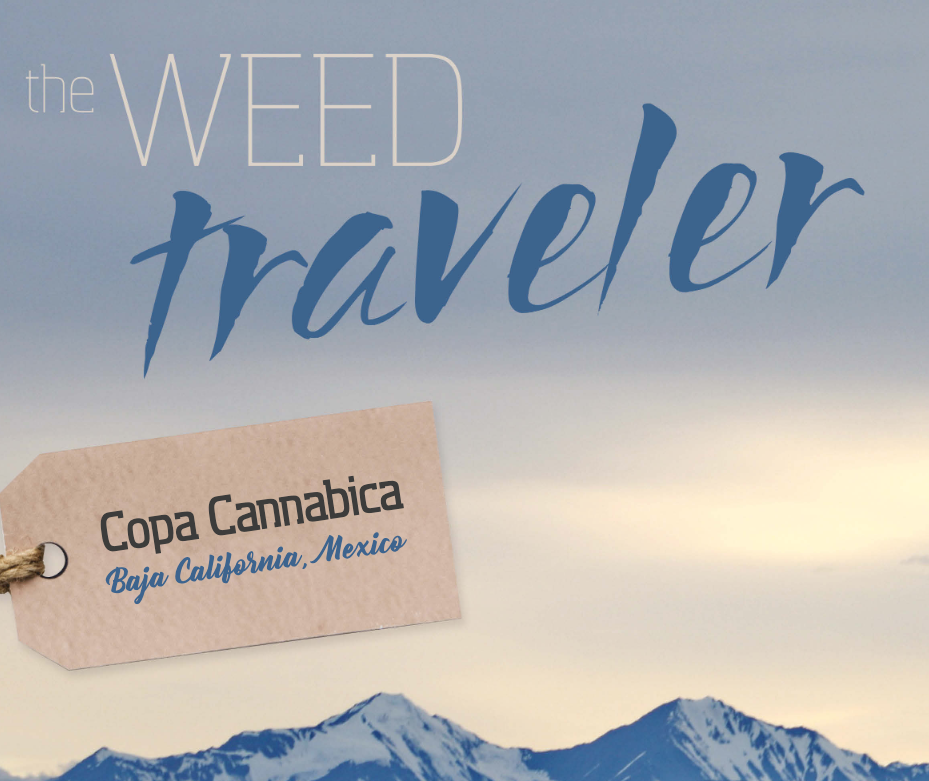
Mexico's second cannabis cup showcases its emerging cannabis industry
Author’s Note: Due to the cannabis industry in Mexico emerging prior to ordinances being put in place, the names of the competitors and industry professionals have been excluded. Mexico’s Senate is currently in session and has until December 15 to establish ordinances for both adult use and medicinal use.
While protestors continue to plant and maintain more than 700 cannabis plantings around the Senate building in downtown Mexico City, demanding that fair ordinances be put in place for both the recreational and medicinal use of cannabis in the country, the emerging cannabis industry is already thriving, with the people healing and enjoying a safer recreational alternative before legislation.
Mexico’s second cannabis cup, Copa Cannabica, was held in September of 2020, in Baja California’s Valle de Guadalupe, Mexico’s wine country. Often compared to California’s posh Napa Valley wine country to the north in California, it’s located just under two hours from California’s San Diego/Tijuana Border, with more than one hundred wineries established, and more being launched each season.
As with most cannabis events around the world, the event was private, held on private property, on the rooftop of the Baron Balche winery, overlooking acres of grapes, with beauty of the valley and hills beyond.
Many event locations, wineries and restaurants in Mexico look forward to legalization and the cannabis tourism that follows, promising much needed economic growth with it.
Event organizers from Tiijuana teamed up with event organizers and a production crew from Mexico City, taping interviews with competitors, vendors, and the occasional politician stopping by to show support.
DJs, rappers, and bands graced the stage throughout the event. Minimal attendance was encouraged due to social distancing practices from COVID-19. Since the event was outdoors, masks were optional, yet many wore them.
The judging portion alone lasted three afternoon’s, starting at 4:20 p.m. each day, with judging and the highlights of the event streamed to half a million viewers, all told.
This writer was honored to be asked to judge, and was the only woman on the panel, along with one male farmer from California.
Concentrates via vape cartridges, dabs and wax were plentiful, as were edibles and flower, with a door open to California competitors. Critics panned the move allowing California’s finest, but with Mexico’s industry still emerging, organizers felt they needed the additional entries. Some argued the California entries raised the bar for locals just starting to compete in the country.
On a personal note, it was apparent which flower was from Mexico and what was brought down from Los Angeles, Oakland, and Humboldt County, in Northern California. The terpenes don’t lie. My own limbic system was triggered with memories of Humboldt’s finest flowing with each hit from some of the flower that turned out, indeed, to be from Humboldt - where I made my home for nearly ten years.
The level of professionalism on packaging for the products in Mexico is impressive, making it even more apparent the industry is already here. Remedy makers stated they have already been able to sell their products at private “dispensaries” around the country, with private clubs in Tijuana, Ensenada, and Mexico City said to be already established and running safely, with no issues.


CBD From Tijuana
Decades ago, Tijuana was once a sleepy border town for exit and entry to Mexico from San Diego County in the United States. Today, it’s a thriving metropolis, with a population of nearly three million.
Not surprisingly, the city also hosts an equally thriving, albeit temporarily covert, cannabis community.
First place in the CBD category went to Indiico, founded by a young couple from Tijuana. They launched the brand in April of 2020, at Mexico’s first cannabis cup in San Miguel de Allende, Guanajuato, on mainland Mexico - the first time the copa allowed CBD products.
A family business, mom was at the booth, giving support, proud of her family and the win. As with many remedy makers in the cannabis industry, the principal of Indiico was helped by the plant, inspiring the business.
“We started the company after CBD products improved both my physical and mental well-being,” they said. “The tincture can be ingested or used as a topical, and I use it myself for chronic pain. I ingest it to control seizures for epilepsy, and to treat depression.”
With expert graphics on its black and white packaging and booth signage, this company is ready to go big in the industry when ordinances are ready to guide them.


Medibles From Cabo
First place medibles went to an American woman married to a Mexican national, living in Cabo San Lucas, in Southern Baja. GGG offered up a large whimsical cookie shaped like an apple, testing at 100 milligrams of activated THC; with the addition of two gummy worms sticking out of the apple, testing at five milligrams of activated THC each.
“You can eat the cookie, and if you are medicating with grandma, she can have a worm,” they explained, only partly joking about the unique delivery mode. This writer appreciated a five milligram gummy now, saving the cookie for bedtime.
The company makes a wide variety of edibles and medibles CBD and low dose THC in the mix, depending on if you are medicating or recreating - stating that it’s all the same. The company said they love the Cabo San Lucas cannabis community, and explained that there was also a private, members only cannabis club in the area.
“There are many Americans in Cabo who use cannabis, but most of the people we cater to in the area are Mexican locals,” they said.
Concentrated Goodness
Winner of the solventless dry hash extraction of OG Platinum, is a company called Mexa OG. The maker said they first came into the cannabis industry like many have here and around the world, through the back door.
“I began by selling cannabis to friends more than ten years ago, they said. “As I learned more about the plant I began to expand my product line, until I could leave my day job.”
Now, beyond ready for legalization and proper ordinances, they say it’s been a painful process getting to this point in time.
“I think we are a country where legalization is very slow,” they explained. “We need jobs, and this industry can provide them. We also need education and research in the therapeutic uses for people in need. I believe cannabis is both medicine and a safe way to recreate. It also helps with mental disorders, to help clear the mind and chase away the demons.”
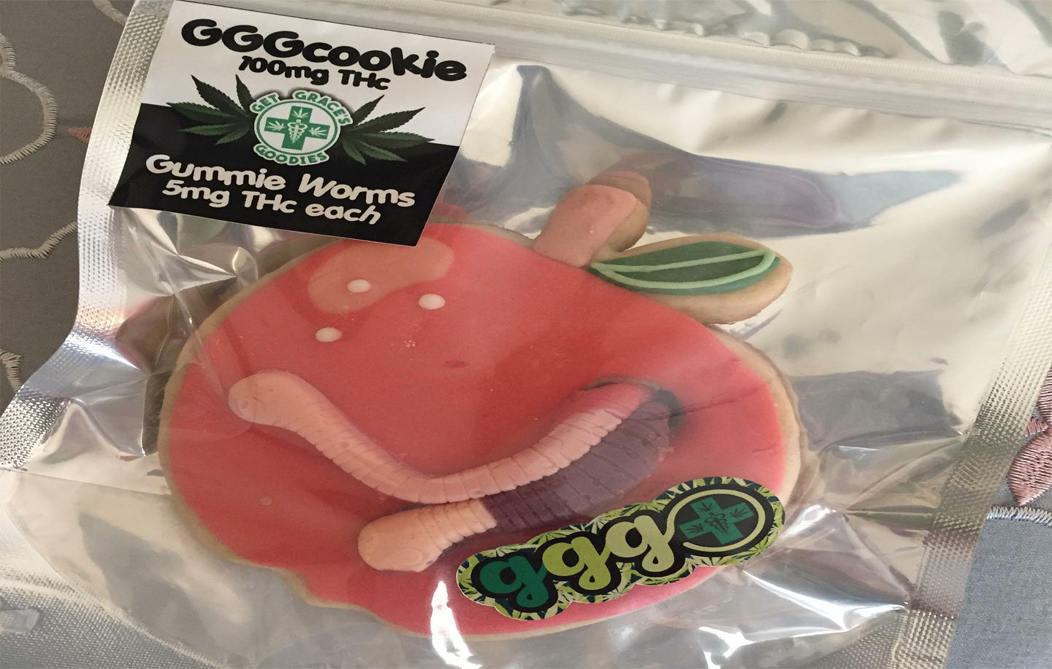

Tested, Tried, True
Organizers of the cup hired an engineer to set-up a lab in one of the hotel rooms nearby, testing each product for cleanliness and effacacy. Since it’s difficult to judge edibles in a short amount of time, and nearly impossible to feel effects of the CBD products, this was necessary.
A microscope was set up on the judging table, allowing us to look at what might have appeared to be a perfectly normal flower. It’s necessity was proven when a small flower showed up with a tiny, black nylon thread woven throughout. Shame, as it was a lovely fragrance, but this judge didn’t want to smoke plastic, no matter the small size. Everyone else partook.
This writer also took it for the team when a concentrate appeared to change consistency after being exposed to the exceptionally warm weather, causing me to question its contents. One hit and my throat burned, with a nasty aftertaste. No one else tried it.
Fails happen, hence the cups. Competition brings the community together and rewards
those who work hard to achieve the best products possible. The fails are lessons learned from well-meaning remedy makers and farmers who are brave enough to step forward.
Covert No More
Rhetoric in the U.S. when a state legalizes is that more people will get high and “what about the children,” but the reality is, that edible taken to get high quickly becomes a medible, with real healing taking place if the recreational user is actually a patient with real ailments.
As for the children, they were the first allowed to use cannabis in Mexico, with the compound cannabidiol, otherwise known as CBD, already helping many in Mexico since 2017; after Raul Elizalde, father of eight year-old Gracela, worked to get CBD oil for his daughter, suffering hundreds of seizures a week from a rare form of epilepsy.
Gracela’s experience also helped the people of Mexico to understand some of the healing properties of the plant, after decades of being told it wasn’t medicinal all throughout the failed war on drugs.
Prior to the CBD ruling, Mexico decriminalized all drug use in 2009, but the only news reported from the decision was the violence of retaliation from the cartels, who it’s been said since, are not making money any longer with cannabis - rather planting poppies in Sinaloa, as reported by longtime Drug War correspondent, Don Winslow.
The people of Mexico won’t be prosecuted for having five grams of cannabis on them, or 50 milligrams of heroin - but, the local police will still want, what’s called, curb money if they find anything on you - that’s a different issue altogether. For the most part, cannabis use is tolerated in Mexico.
This ruling was created in an attempt to help people, not create criminals. If you are caught with the legal amount of drugs, rehabilitation, not jail is encouraged. It was a first step in denouncing the failed Drug War.
The Future looks Verde
As detailed in an interview with Vicente Fox for Forbes, the former President of Mexico is confident the country will be a leader in cannabis, globally.
“Mexico is very dynamically advancing in all things related to the total legalization of cannabis,” he stated. “This positions Mexico to become a leader in the world markets, when it comes to cannabis.”
One of the lead organizers of the protest, Pepe Rivera, said the four main demands of the movement are, as follows: 1) Unlimited home grow for personal use; 2) Possession without limits; 3) Safe consumption sites; and 4) Protection of the rights and dignity of users.
The occupation, dubbed, #Planton420, is a form of protest where people “plant themselves in front of someone until demands are heard.” This occupation is taken literally and figuratively along with the planting of cannabis by the Senate building.
“The lack of compromise by Mexican legislators has fueled civil disobedience at its best,” Rivera said proudly. “Mexican activists are partaking openly and planting the country’s capital with cannabis in protest. We started by planting one single plant on one of the capitol’s main streets on December 23, 2019, in order to gage the response of the state. We then proceeded to occupy the Senate’s park and the main entrance to the building on February second of 2020.”
As in every cannabis community in the world right now, the plant prevails and the healing continues. The more than 700 plants around the capitol demonstrate the point.
The young people of Mexico are ready to grow and learn about the plant’s many benefits and income opportunities. They are done with the failed Drug War that started in the U.S., and they are all too familiar with the supply and demand that made the cannabis industry too big to fail.
The plant can’t be stopped, and the organizing of cannabis events, such as the Copa Cannabica, show the will of the people prevails when it comes to this most misunderstood and beloved plant on the planet.
More Informatio on Copa Cannabis
For more information on Copa Cannabica visit its Facebook page or website, https://www.facebook.com/Copacannabicamx/
http://copacannabica.mx/?fbclid=IwAR37SnpTV720WMgpV-QD0_cHIjeZ8bHVEuGKrCrus7PHSQ8dEGcwpPPRatw
For more information on the decriminalization of drugs, with amounts permitted visit, https://www.loc.gov/law/help/decriminalization-of-narcotics/mexico.php
Written and Published By Sharon Letts in Weed World Magazine issue 149
Sharon Letts: Website
Sharon Letts: Twitter








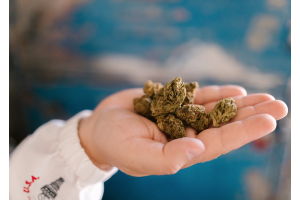
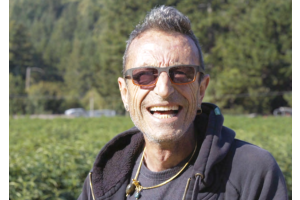
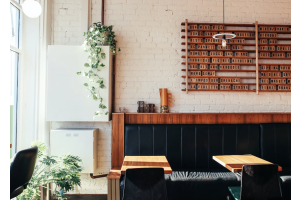

Validate your login